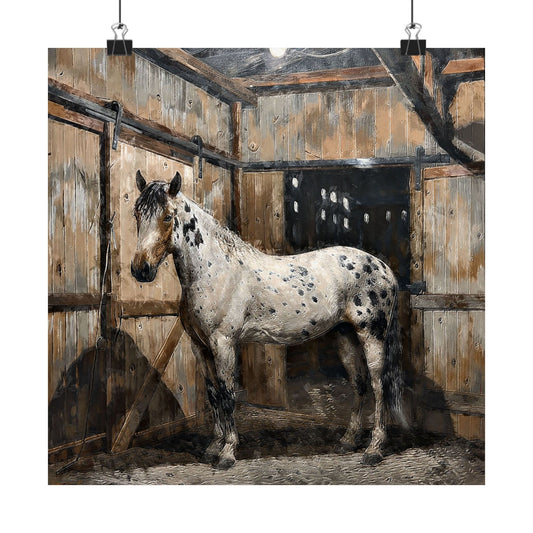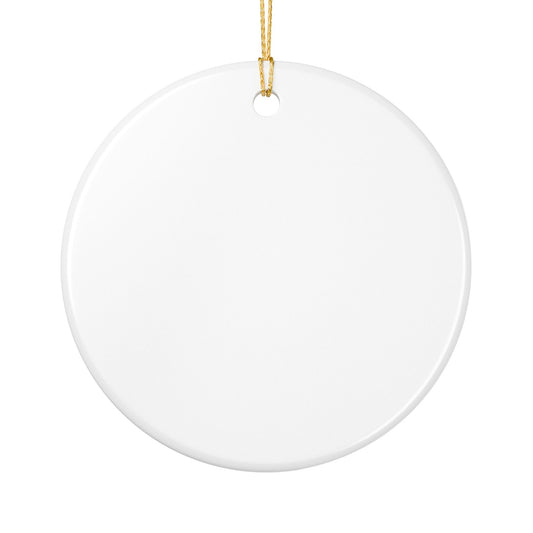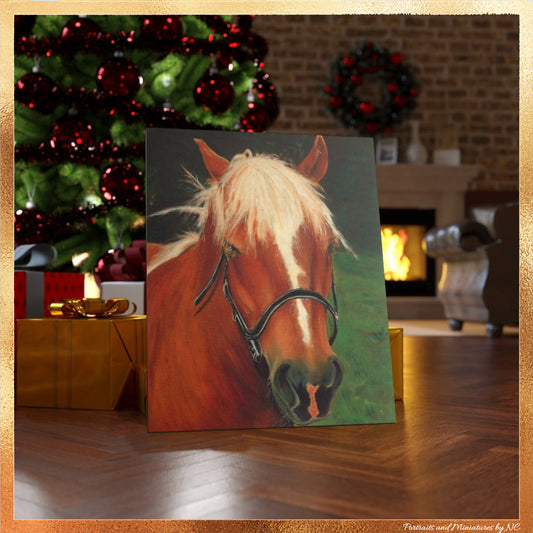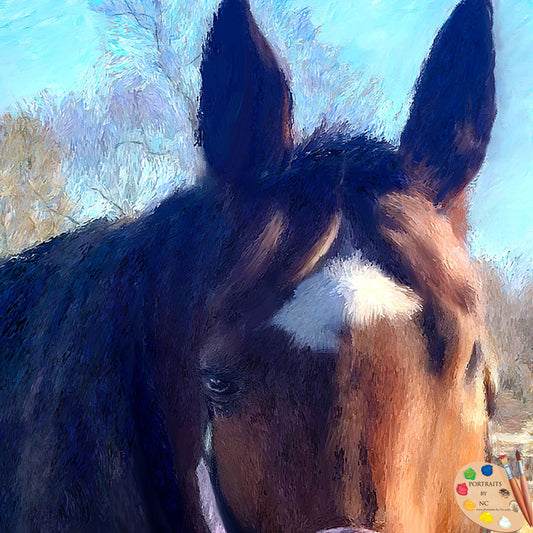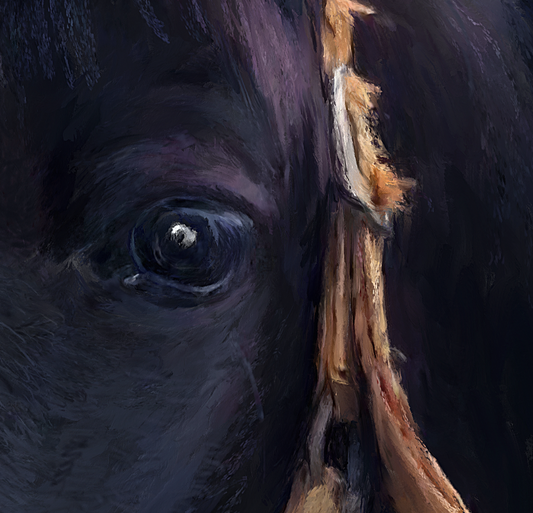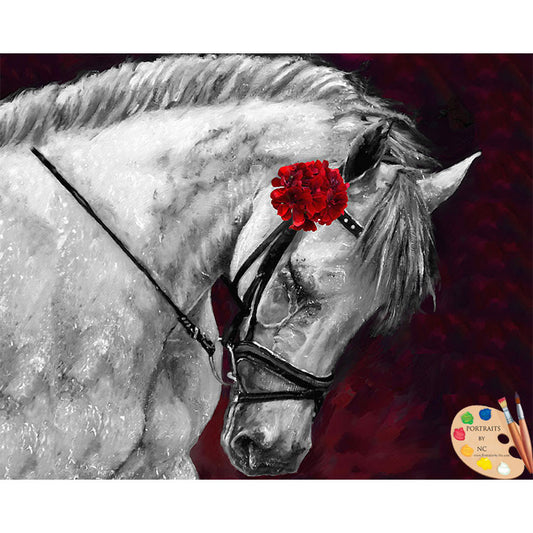Growing Tulips
Share

Tulips - Oil Painting by Enzie Shahmiri
Tulips were cultivated over 400 years ago making Holland a center for Tulip cultivation. Rare varieties were highly prized and the price for just one single bulb could run into the thousands. Cultivators have made it their challenge to produce the 1st ever black Tulip, but have only been able to create a deep purple variety that almost looks black.
Tulips come in long and short sizes (2inches - 3 feet tall) and in many colors, such as red, pink, yellow, white, purple, etc. Very few actually have scent. Tulips need full sun shine and plenty of water while they are growing and flowering.
They are planted in in soil in borders, in plant boxes and forced in pots for an early bloom.
Since I live in southern California were winters seldom reach below freezing, I plant my potted tulips in the yard as soon as they stop blooming. Soft and discolored bulbs should be discarded however, since they are beyond saving. In colder areas tulip bulbs should be removed if the withered top comes away easily when tugging and stored in a dry, dark space until October when they can be replanted.
For a head start tulip bulbs can be forced in pots. Just make sure to use a rich topsoil which goes 2/3 up the side of the pot. Fill the remaining 1/3 with gravel or sand. Bury the pots in the ground and cover them with straw to provide an insulating, protective cover. You might want to mark the spot where you dug in the pot, because come November or December you should bring the pot indoors. The warm room temperatures will fool the tulip into thinking that Spring has arrived and force it to bloom.

Tips:
1. The Parrot tulip is a variety that can give a virus to other tulip varieties and should be planted separately.
2. Drooping or broken stems might indicate that the tulip needs calcium. Add .06% potassium nitrate to the water once a week.
3. Gray Mold appears as a grayish fungus on the bulb. Dip the bulbs in a liquid fungicide solution or water the beds with this solution before planting the bulbs.
4. Mosaic virus makes leaves look as if they were sun bleached. It's best to un-dig the plant and to destroy it before it spreads the virus to other plants.
5. Tulip bulbs can be propagated easily. When digging up the old bulb inspect for small bulbs growing around the parent bulb. They can be broken off and planted separately, blooming in one to three years.






































